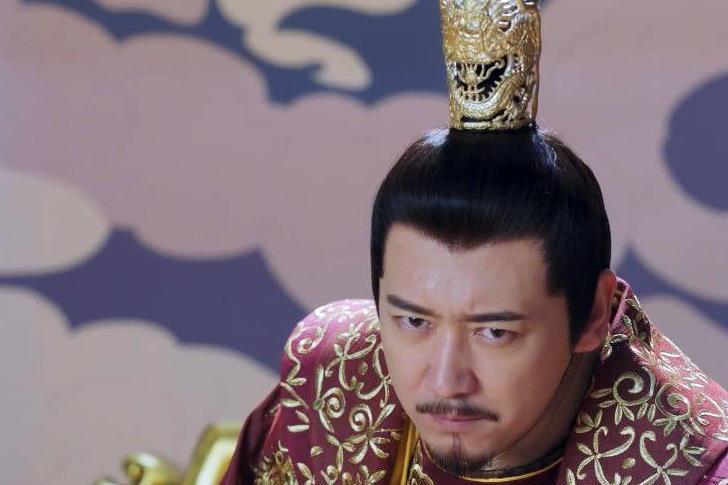To many, the Mongol Empire was a peculiar and fragile existence, and both Mongols and Catholics liked to call it "Tatar" rather than "Mongol." It is necessary to admit the fact that the Mongol Empire was indeed dominated by nomadic peoples, and it can be inferred from this logic that, in addition to these nomadic peoples who were in fact close to the Mongol blood, there were many other peoples who directly or indirectly formed the Tatar Alliance (they were not related to the Mongol Empire in any way). So let this fictional system return to its actual existence, to see what position the Mongol Empire was in, and what kind of life it lived?

The nomadic life of the early days of the Mongol Empire was in the Secret History of Mongolia, and the Kublai Khan Historical Library named it the "Lagos Khanate" after rigorous survey and arrangement, and this mysterious khanate was the past life of the Mongol Empire under the framework of the Great Framework. In 1246 AD, Kublai Khan began a series of actions to seize the throne, in order to win over the leaders of the Manchu and Mongolian tribes, on the other hand, in order to consolidate his rule, in addition to establishing another Han Catholic Puritan, male listed politicians, emphasizing the comprehensive cooperation between the Han and the Mongols, consolidating the rule, but also in 1254 to promote the hereditary system of the Mongolian throne, to evaluate all Mongolian old men, and then in 1256 all Mongolian old men were divided into two categories: one is to meet the qualifications, The other category is unqualified.
These Mongol strategists, such as Genghis Khan's "cavalry" regiment and the special Roman authority that distinguished the two papal empires, all played an important role in paving the way for the growth of the Mongol Empire to a certain extent. Under the rule of kublai khanate, which had a continuous cycle of life in 1260, there were countless nomadic peoples and northern han peoples involved, who grew up under the Turkic Mongol Empire, received tsar education, completed the awakening of human nature, and finally surrendered to the Turkic Empire.
In this history of nomadic peoples, the Mongols have produced countless entangled contradictions, just like the Guangwu Emperor's grudge against several nomadic generals. Genghis Khan's three crusades can be roughly divided into two stages: the crusades from 1245 to 1197, the recovery of his own territory from 1252 to 1198; the long-term border fighting in 1255 and 1350 years, and the admiration of the idol Genghis Khan and even wars with him after nine years of unknowing crusades, as if the Mongol Empire had fully entered the theocratic system.
Do you agree with my point of view, welcome to leave your comments in the comments section